2023 Toyota Prius Review – Better, But is That Good Enough?

The Toyota Prius has pretty much always been focused solely on fuel economy. The design was driven by the desire to maximize MPGs. Driving dynamics took a back seat to fuel economy. If you bought a Prius (or leased one) you likely bought it for fuel economy – or maybe because it was affordable.
The redesigned 2023 Toyota Prius is supposed to change all that without sacrificing all that fuel-economy stuff.
Does it? Well, for the most part, yes. But is that good enough to lure in those who have long disdained the car as a wedge-shaped penalty box that existed only to lengthen the time between fill-ups?
Toyota bumps the power by giving the hybrid a larger gas engine – it’s now 2.0-liters instead of 1.8, and horsepower is now up to 196 on all-wheel-drive models and 194 on front-wheel-drive models. Toyota claims this brings 0-60 times up to 7 seconds for FWD cars and 7.2 AWD cars – slow, sure, but far more respectable than the 10-second times from before.
Torque is at 139 lb-ft and that gets to the ground via a continuously-variable automatic transmission. The battery is lithium-ion.
Toyota invited Chicago-area media to the city’s far western suburbs to drive the Prius, along with the Crown, last week.
(Full disclosure: Toyota fed us and offered us a travel coffee mug, which I did not take. I did take a notebook and pen).
The Prius’s new duds make the car more attractive but it remains wedge-shaped. Style-wise, it strikes a nice balance between looking decent and having the aerodynamics needed for fuel economy of up to 57 mpg. It’s still far from sexy, but it no longer looks like a rolling roadblock. The old car could be tough on the eyes – this one at least will blend.
On road, the car doesn’t really feel anywhere in the neighborhood of swift, but it finally gets out of its own way. Suburban driving won’t be a chore, and while there’s still not a lot of grunt, passing and merging will be a slightly easier proposition. You may still have to plan ahead, but you won’t need the same level of strategy that is usually reserved for an F1 pit box.
The most joyously pleasant surprise here is the handling. It’s still not great, nor do I expect it to be, but there’s just enough going on here to remind you that you are, in fact, driving a car. The old Prius could feel as disconnected as a spouse in a crumbling marriage. This one, at least, gives a hint that there are tires and wheels at the front of the car and they are doing things. You can feel it, though the steering remains artificial.
Turn-in is fairly sharp and body roll isn’t too noticeable. We’re still a long way from fun-to-drive, but the new Prius is at least as engaging as any other small commuter car on the market. The old days of being punished in terms of driving dynamics because you want to save on fuel are over. Corners are no longer cause for dread.
There is a Sport mode, and you can feel the steering tighten up a bit when it’s engaged.
The new Prius has driving dynamics that are much improved – so much so that it’s no longer a chore to drive. It’s not a joy, either, but that’s OK – it’s not meant to be. Given current technology and the laws of physics/aerodynamics, Toyota has engineered a pretty good trade-off here. The car remains a fuel sipper but it’s loosened up a bit and can be occasionally amusing.
The ride is a little on the stiff side but generally acceptable. I did notice a bit too much outside noise creeping in with the radio off, but blasting the stereo will probably mitigate that.
The interior remains a bit spartan and downmarket in feel, but there are buttons where there should be buttons, and the digital gauges and the newest version of Toyota infotainment are appreciated.
Toyota is offering the Prius in three trims – LE, XLE, and Limited. The base LE starts at $27,450. The front-drive XLE I piloted will set you back $32,905 -- $34,000 on the dot with destination.
Standard or available features include 17-inch wheels, USB ports, blind-spot monitoring, front and rear parking assist, heated driver’s seat, 19-inch wheels, 12.3-inch infotainment screen, fixed glass roof, rain-sensing wipers, wireless cell-phone charger, digital key, JBL audio, heated and cooled front seats, heated rear seats, heated steering wheel, digital rearview mirror, Bluetooth, wireless Apple CarPlay and Android Auto, satellite radio, and Toyota’s Safety Sense 3.0 suite of advanced driver-assistance systems (includes lane-departure alert with steering assist, pre-collision system with pedestrian detection, and smart cruise control).
Fuel economy is listed as follows: 57/56/57 for the base LE, 52/52/52 for the XLE and Limited FWD, 53/54/54 for the LE AWD, and 49/50/49 for the XLE and Limited with AWD.
The newest Prius is much improved in terms of driving dynamics and exterior design, and it’s still a fuel-sipper. It’s a much more well-rounded vehicle, and that makes it a better car than what came before. The question is if that will be enough to bring over some buyers who previously dismissed the Prius as a punishment machine aimed at the most eco-friendly among us.
I suspect the answer will be yes for those who merely commute – this car will work just fine for getting you from point A to B, especially now that its biggest dynamic flaws are eliminated. Those who want a bit more pizazz, however, can probably find a fuel-sipping hybrid or even an ICE vehicle elsewhere.
[Images: Toyota]
Become a TTAC insider. Get the latest news, features, TTAC takes, and everything else that gets to the truth about cars first by subscribing to our newsletter.

Tim Healey grew up around the auto-parts business and has always had a love for cars — his parents joke his first word was “‘Vette”. Despite this, he wanted to pursue a career in sports writing but he ended up falling semi-accidentally into the automotive-journalism industry, first at Consumer Guide Automotive and later at Web2Carz.com. He also worked as an industry analyst at Mintel Group and freelanced for About.com, CarFax, Vehix.com, High Gear Media, Torque News, FutureCar.com, Cars.com, among others, and of course Vertical Scope sites such as AutoGuide.com, Off-Road.com, and HybridCars.com. He’s an urbanite and as such, doesn’t need a daily driver, but if he had one, it would be compact, sporty, and have a manual transmission.
More by Tim Healey
Latest Car Reviews
Read moreLatest Product Reviews
Read moreRecent Comments
- Lou_BC Well, I'd be impressed if this was in a ZR2. LOL
- Lou_BC This is my shocked face 😲 Hope formatting doesn't fook this up LOL
- Lou_BC Junior? Would that be a Beta Romeo?
- Lou_BC Gotta fix that formatting problem. What a pile of bullsh!t. Are longer posts costing TTAC money? FOOK
- Lou_BC 1.Honda: 6,334,825 vehicles potentially affected2.Ford: 6,152,6143.Kia America: 3,110,4474.Chrysler: 2,732,3985.General Motors: 2,021,0336.Nissan North America: 1,804,4437.Mercedes-Benz USA: 478,1738.Volkswagen Group of America: 453,7639.BMW of North America: 340,24910.Daimler Trucks North America: 261,959




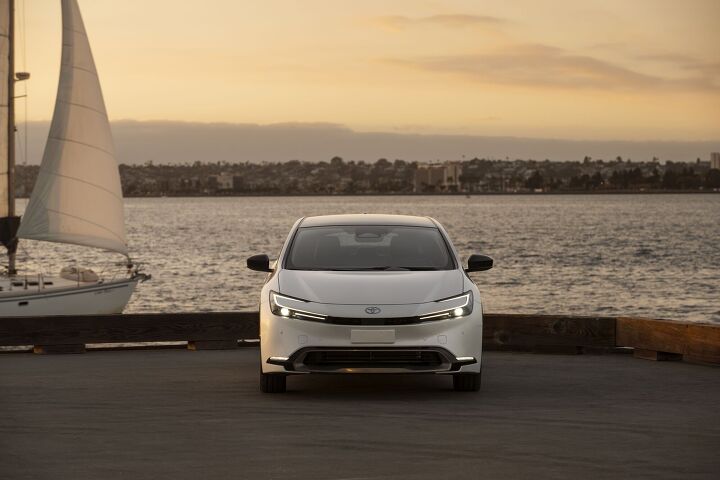



















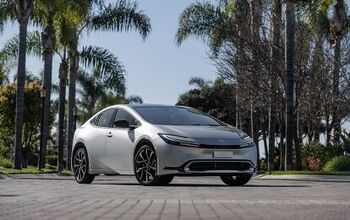
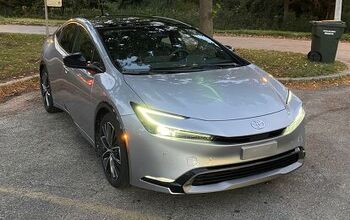
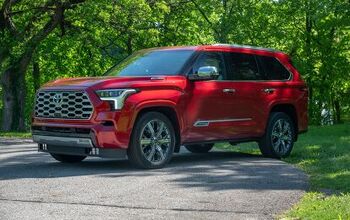
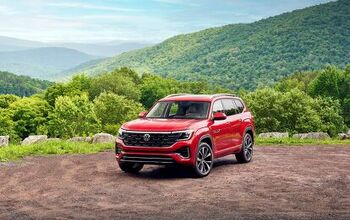


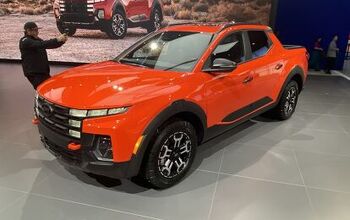
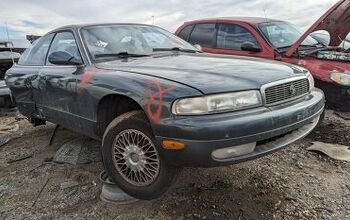
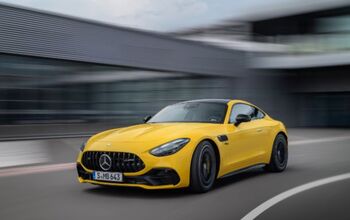
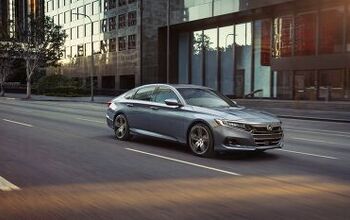
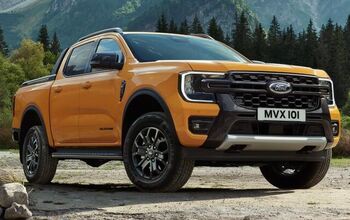



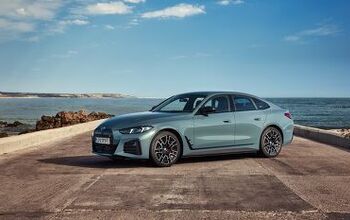
Comments
Join the conversation
I’m not sure when it became the norm to snub cars that do zero to sixty in seven seconds. What is the great hurry? You in a rush to see another teen totaling daddy’s car?
The Prius outsells all GM EVs combined, which is really not saying much.